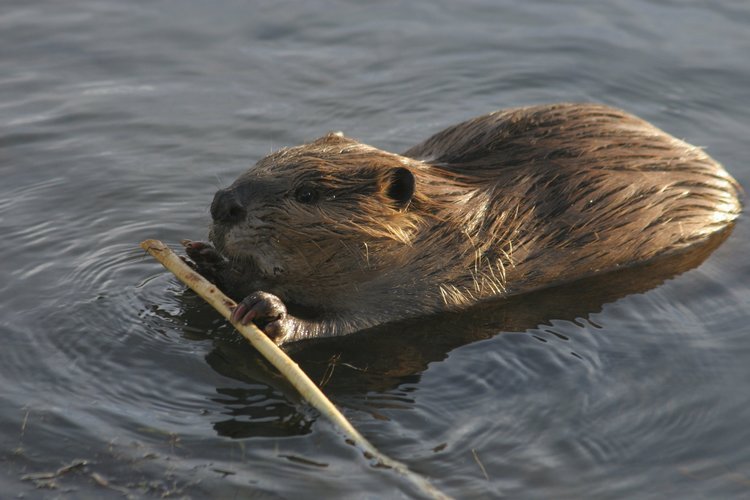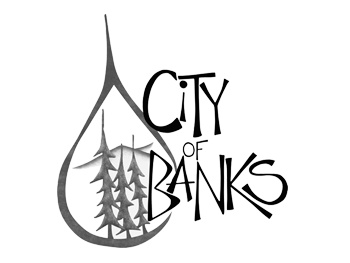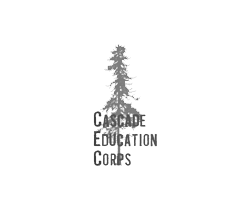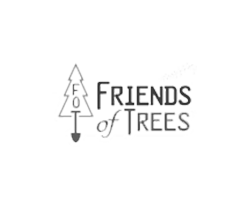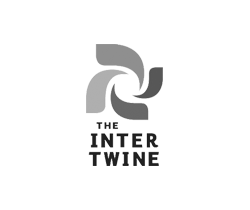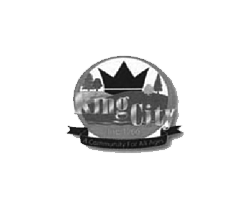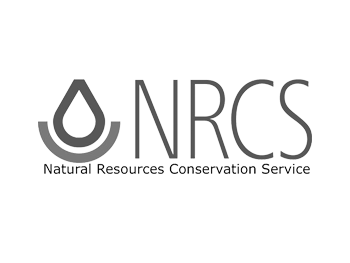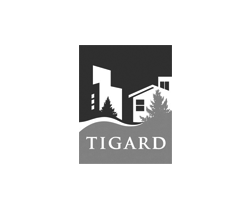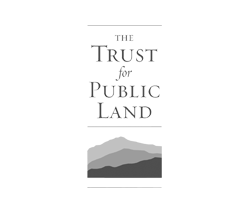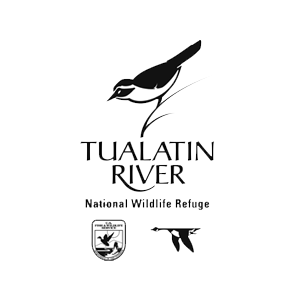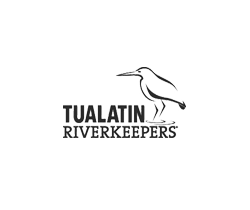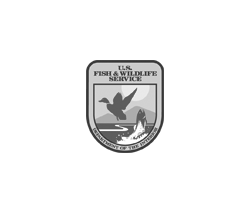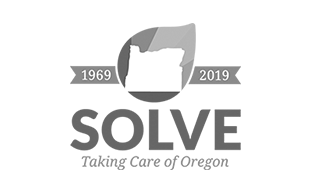Beavers are a keystone species of the Tualatin River Watershed whose presence is associated with flourishing, healthy habitats and resilient ecosystems. However, coexisting alongside beavers is not without its challenges. Their activity can lead to damaged trees, changing water patterns, and other potential issues for property owners.
Harnessing the power of collaboration, numerous Tree for All partners have joined to address the ongoing need for a resource hub that provides support for landowners, education about beavers, and strategies for managing beaver activity. Together, these organizations have formed a streamlined communication network—now called the Tualatin Basin Beaver Strategy Group—whose joint efforts are already having positive effects on habitat restoration and species repopulation.
Scott McEwen and Antonella Fillet of the Tualatin River Watershed Council spoke about their work with the group.
How did the Tualatin Basin Beaver Strategy Group form? What prompted it?
Fillet: The group was created in 2021 in response to a growing number of calls from the community. Different organizations were receiving calls, but there wasn’t a clear direction on how to address them. That was the starting point. We then developed a set of goals to guide the group’s mission and vision moving forward.
What organizations are currently a part of the Beaver Strategy Group?
Fillet: The working group is composed of the Tualatin River Watershed Council, Clean Water Services, the Wetlands Conservancy, and Tualatin Soil and Water Conservation District.
The Watershed Council is the main point of contact. When a beaver-related issue arises, the goal is to loop in the Watershed Council so that we can coordinate efforts within the watershed.
McEwen: The Oregon Department of Fish and Wildlife (ODFW) is also a partner. They’re currently rolling out a three-year beaver action plan. There's this growing understanding at the federal and state watershed level about how important beavers are. Each level of that hierarchy is implementing these strategies in different ways. The U.S. Forest Service and Oregon Department of Forestry are very much on board in terms of reintroducing beaver back into these watersheds for coho recovery.
What goals did the group establish?
Fillet: Communication, collaboration, conflict resolution, and proactive management. Our aim is to offer technical assistance without devolving into what we call the “cycle of referrals.” Our goal is to have all partners working together to develop coexistence strategies to living with beavers—specifically: non-lethal management of beavers.
“There’s this huge swath of the population that loves beavers. They love nature, they love wildlife. If they can find ways to coexist with them, that’s sort of the sweet spot that we want help support.”
How is the group working towards those goals?
Fillet: First, we created a memorandum of understanding with our partners, in which they committed to using non-lethal management wherever possible. Next, we focused on education. We want folks to recognize the important role beavers play in our ecosystem, rather than just seeing them as a nuisance. And we want to provide actionable solutions that can encourage people to coexist alongside them.
We’ve met with landowners and educated them about beavers, and we have lots of different materials on our website. For example, we share information on what beavers prefer to eat. We’ll suggest alternative plant species for landscaping, and provide tips on installing fencing or using sand painting to protect property. It’s encouraging to see how excited people get about these approaches.
What is the current point of focus for the group?
Fillet: We’ve been really focused on project identification and proactive management, while continuing to respond to beaver-related conflicts within our basin. We spend lots of time emphasizing the important role beavers play as ecosystem engineers and now we are exploring how we can restore critical areas to encourage their return. Our goal is to integrate beavers into our restoration efforts where coexistence is possible and viable beaver habitat is available.
McEwen: There's this huge swath of the population that loves beavers. They love nature, they love wildlife. If they can find ways to co-exist with them, that's sort of the sweet spot that we want to support.
Did you use any other organization’s efforts as a model for the group’s work?
McEwen: We’ve looked at what other organizations have done, yes, but the work that we’re doing is very Tualatin-specific. We have a very rich and healthy collaborative spirit in our basin, unlike a lot of places. A lot of the value of this work is, as we mentioned, eliminating the cycle of referrals and conflicting recommendations. As a result, we’re all now pointed in the right direction, saying, “Okay, for coexistence, these are the approaches that you should be following.”
Is there anything else you’d want the Tree for All community to know about the work your group is doing?
McEwen: Be sure to keep your eyes open for future events!
If you are interested in learning more about the Tualatin Basin Beaver Strategy Group, please email Antonella Fillet.


